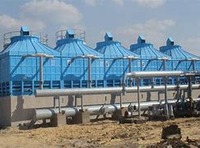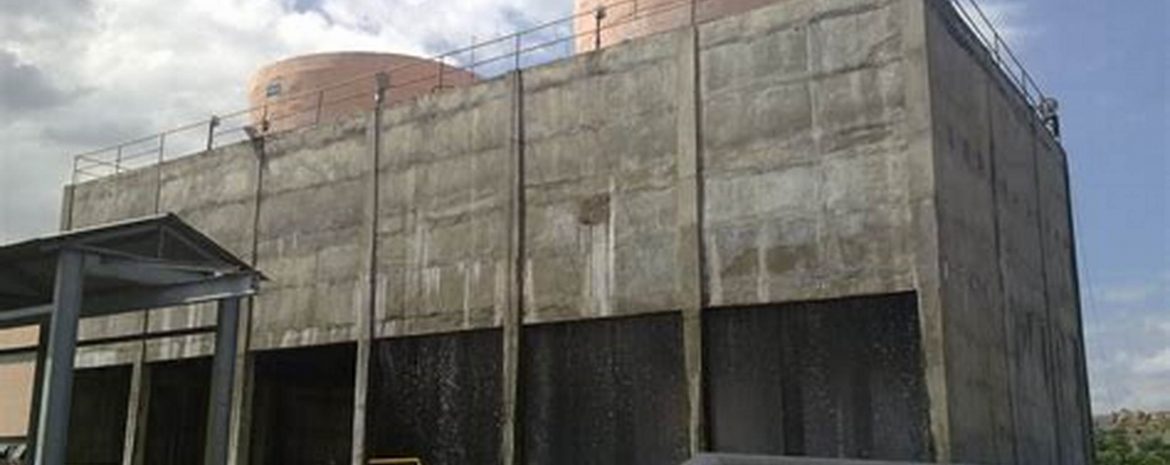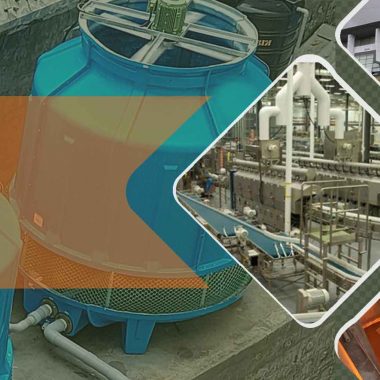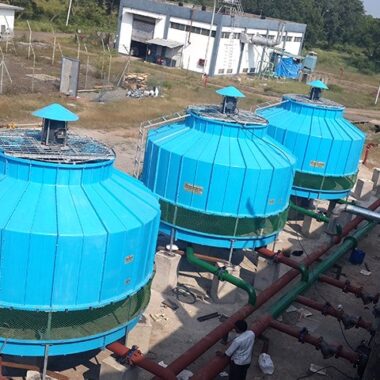What is Cooling Tower Drift ?
What is Cooling Tower Drift ?
Cooling tower drift refers to the inadvertent release of small droplets of water into the encompassing climate along side the deplete air taking off the cooling tower. These droplets, known as drift, are carried by the airflow produced by the cooling tower’s fan(s) and can be dispersed over a wide zone, depending on wind conditions and the height of the cooling towers.
What is Cooling Tower Drift ?: Drifts happens despite efforts to contain water inside the cooling towers, essentially due to the plan and operation of the tower’s internal components. Whereas modern cooling towers are prepared with drift eliminators, which are designed to capture and redirect water droplets back into the tower basin, a few drift still happens due to components such as wind shear, air turbulence, and imperfect eliminator performance.
The amount of drift created by a cooling tower depends on different factors, including :
1) Plan and Efficiency of Drift Eliminators :
- High-quality drift eliminators can essentially decrease drift emissions by capturing a greater extent of water beads before they exit the tower. Proper maintenance and periodic inspection of float eliminators are fundamental to guarantee ideal execution.
2) Tower Operating Conditions :
- Variables such as airflow rate, water distribution, and surrounding conditions (e.g., wind speed, humidity) can impact the rate of drift generation. Working the cooling towers within its plan parameters and altering airflow and water conveyance as required can help minimize drift.
3) Tower Configuration and Location :
- The plan and format of the cooling tower, as well as its nearness to nearby structures or sensitive areas, can influence the dispersion of drift. Towers found in urban or densely populated areas may require extra measures to moderate drift emissions and minimize potential impacts on encompassing environments.
4) Regulatory Requirements :
- Many jurisdictions have controls administering drift emissions from cooling towers to ensure air quality and public health. Cooling towers administrators must comply with these directions by executing appropriate drift control measures and checking drift emissions to guarantee they stay within acceptable limits.
Whereas drift from cooling towers regularly consists of clean water, it may contain follow amounts of treatment chemicals, minerals, or other contaminants from the cooling water. Therefore, minimizing drift emissions isn’t as it were important for environmental and administrative compliance but moreover for maintaining air quality and minimizing potential impacts on encompassing ecosystems and communities.





